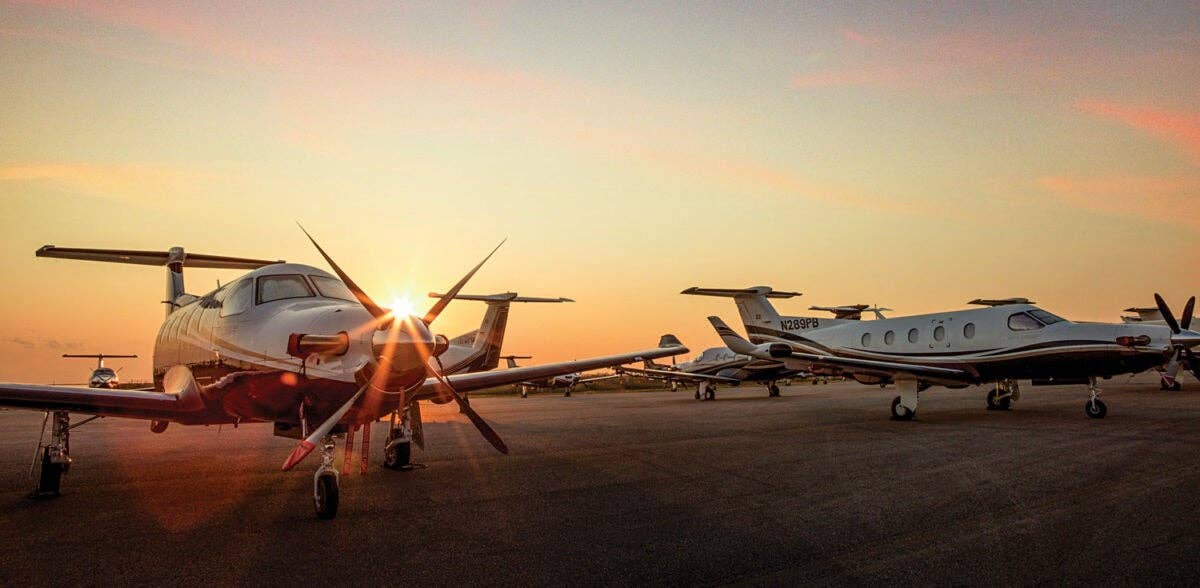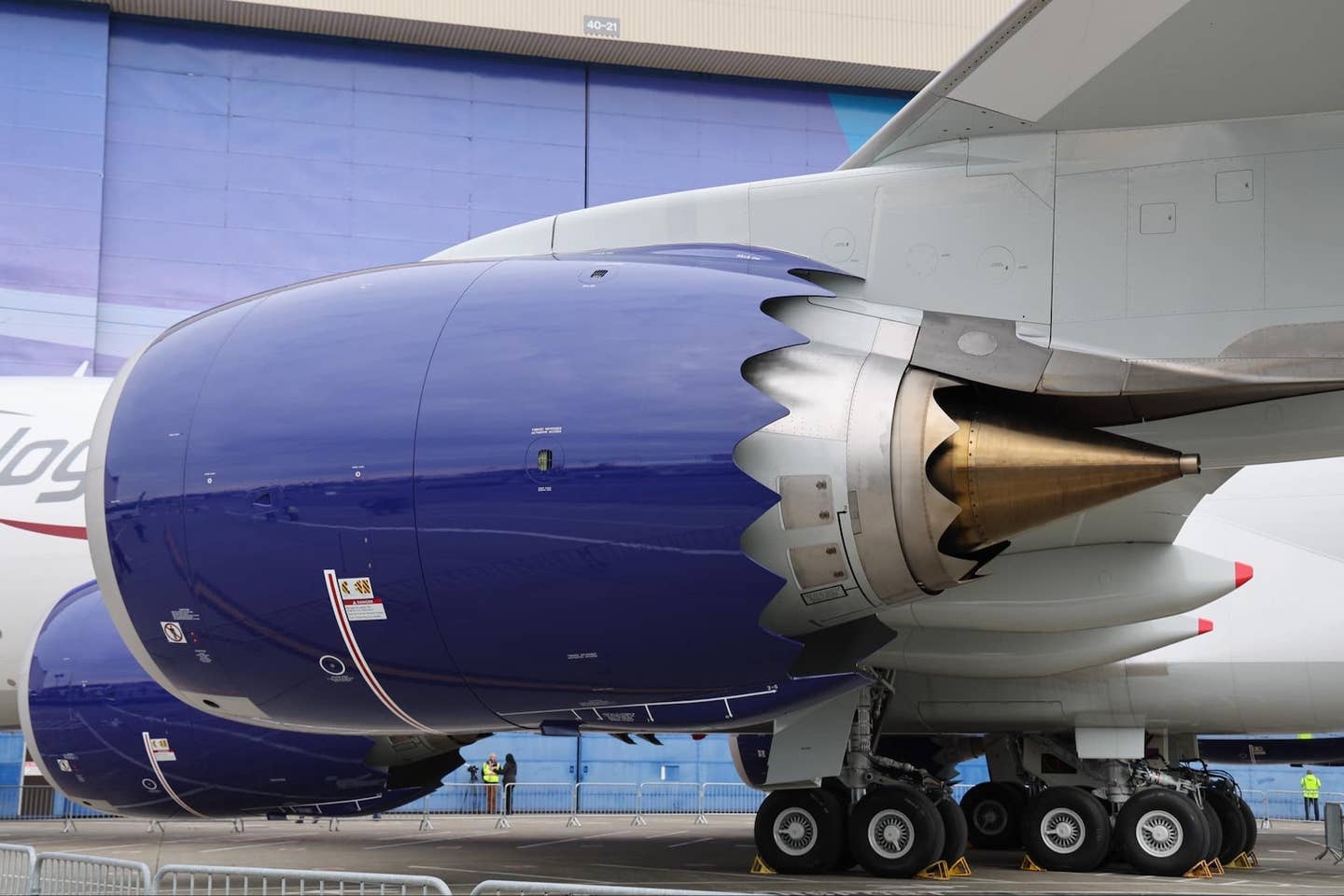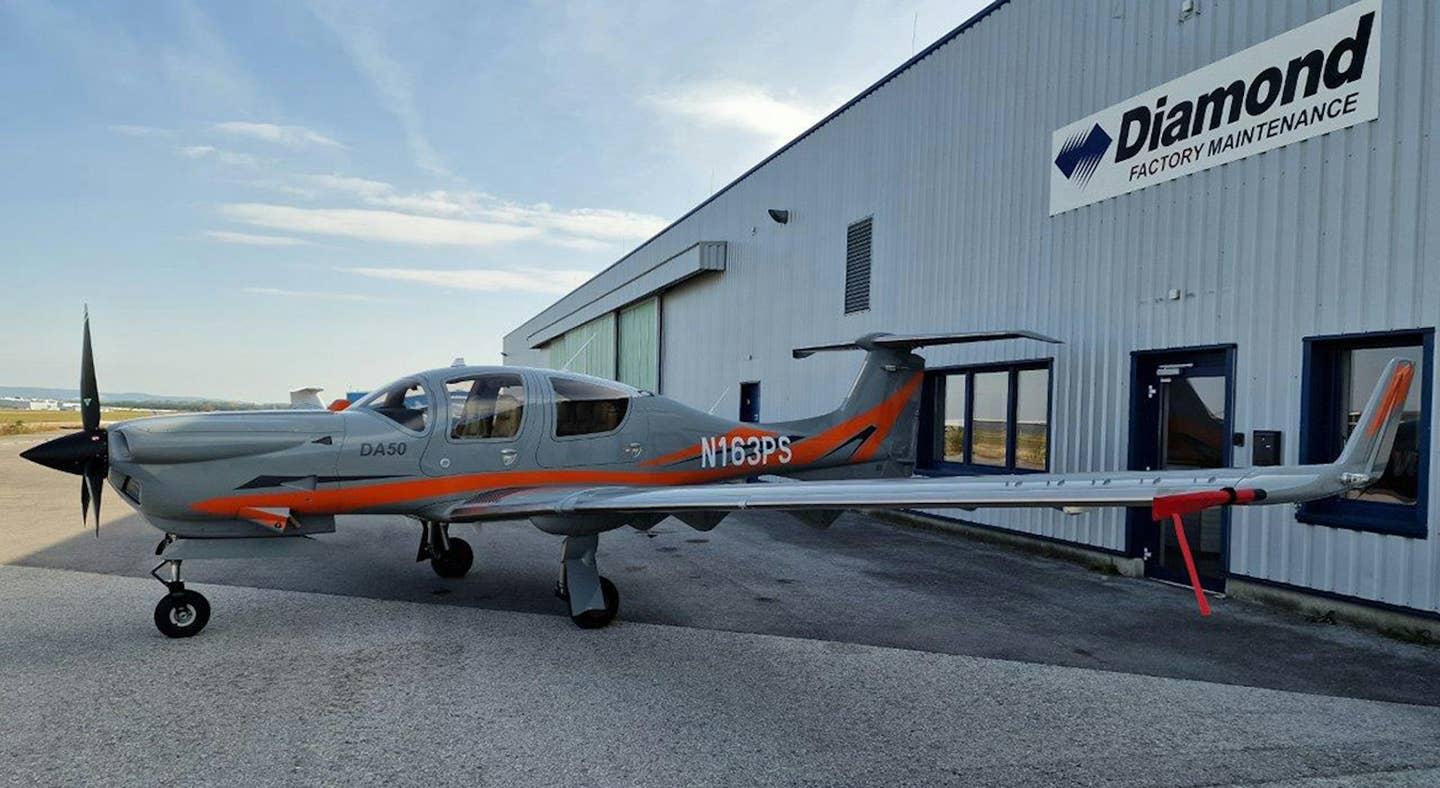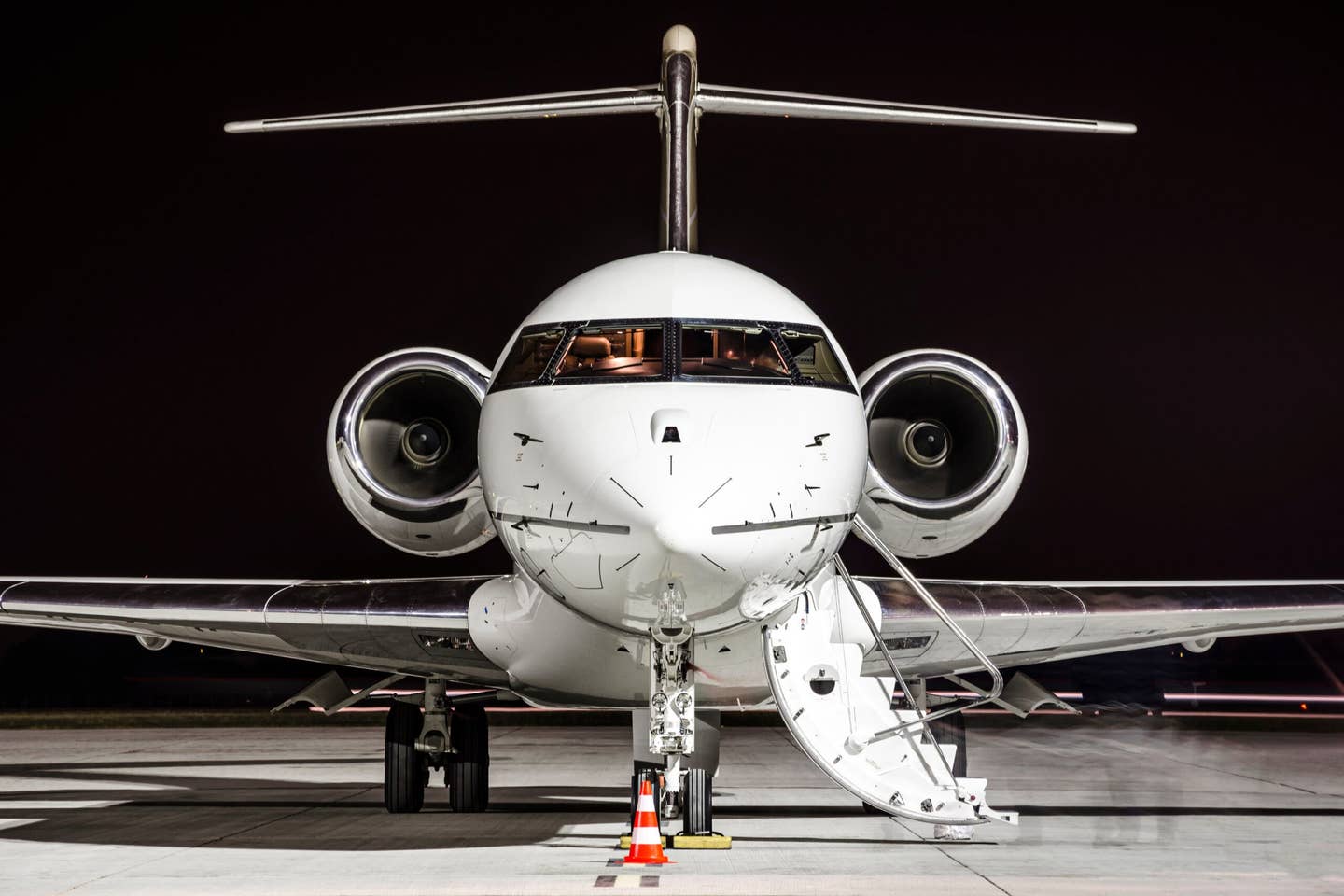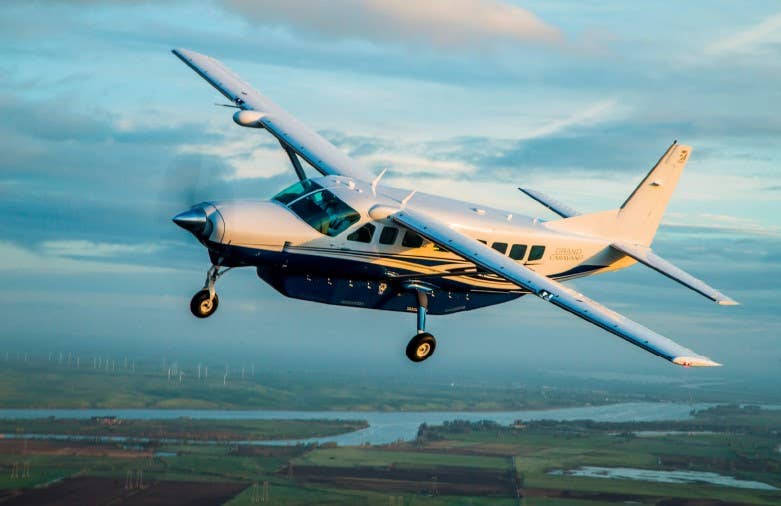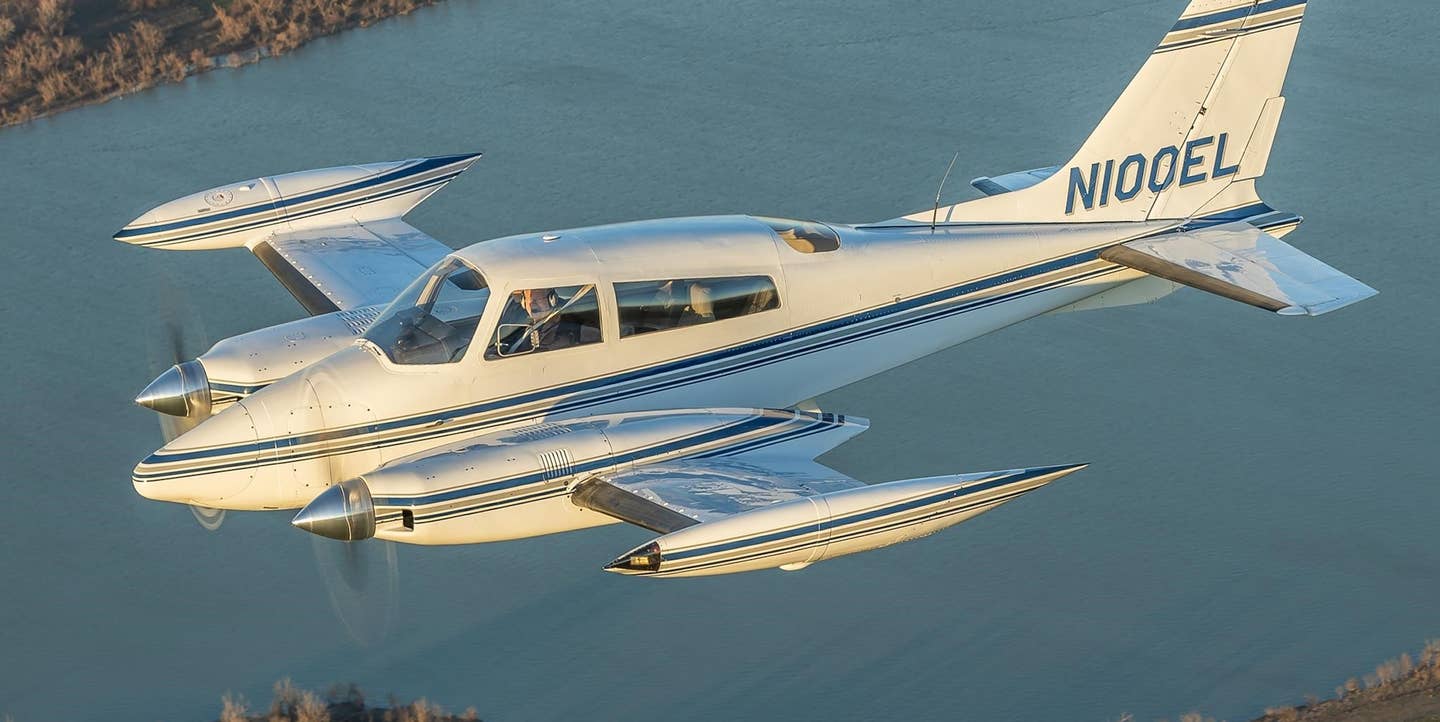An Epic Build
The Epic Aircraft factory in Bend, Oregon, transitions from experimental to certified production.
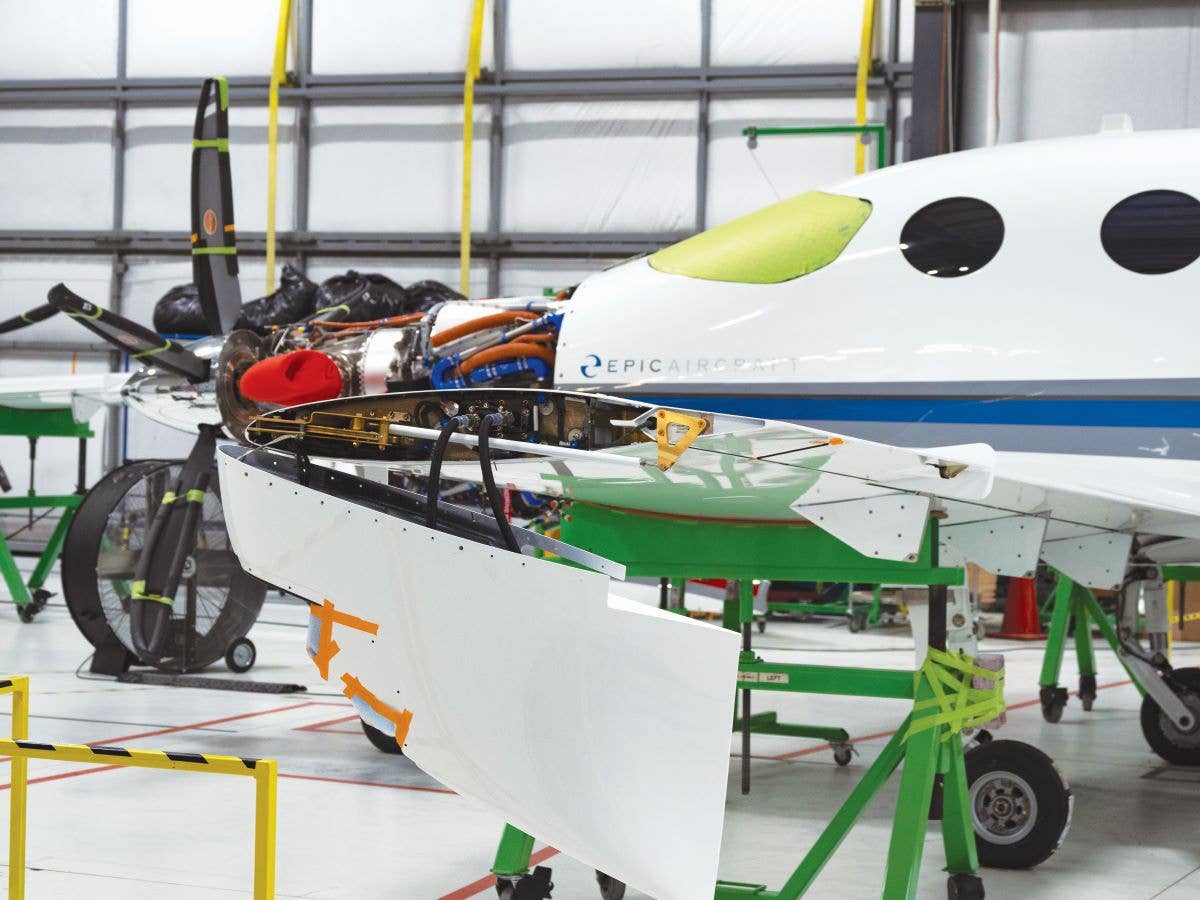
The Epic Aircraft factory in Bend, Oregon, transitions from experimental to certified production. [Credit: Jim Barrett]
I’ll let you in on a secret: In a lot of ways, it’s harder to create a production aircraft out of a fully-fledged experimental model than developing one from scratch—especially under the FAA’s increasingly stringent Part 23 approval parameters. Fortunately, financial support from Epic owner MVF Key Investments never wavered during the process.
Just ask Epic CEO Doug King, who has led the company since 2010. According to King, the enhancements to the engine’s induction system—which improved performance in cruise and climb—were worth it.
If you're not already a subscriber, what are you waiting for? Subscribe today to get the issue as soon as it is released in either Print or Digital formats.
Subscribe NowIt’s not because of any limitations, but instead that a certified aircraft is a completely different animal than one that’s crafted to a particular builder’s specs—and can use non-TSO components and take reasonable liberties with certain aspects of the final build, fit, and finish.
At the base, though, is one tough airframe. Carbon fiber doesn’t corrode or fatigue in the same way as metal. Epic tested the fuselage and wings to twice the standards required by the FAA during certification, according to the company.
During our walkthrough of the factory, all of the investments added up. For example, many of the primary airframe components are now molded from pre-impregnated carbon fiber materials and oven-cured as opposed to being laid up under a vacuum-bagging process on site. Serial numbers 32 and 33 were coming together during our visit in late August on the final assembly positions. By early November, the customer for SN 32 was about to take delivery of their new Epic.
Mx for the GX
Progressive aircraft maintenance is managed through ATP Flightdocs, which includes a dashboard to help track when inspection and other items come due, and a digital logbook to enhance aircraft value retention. Service centers have continuous access to factory parts and support to help reduce any AOG (aircraft on ground) time. Those centers—eight at press time—are positioned across the U.S. and include Ft. Lauderdale Executive Airport (KFXE), Ft. Worth Meacham International Airport (KFTW), Henderson (KHND) and North LasVegas (KVGT) airports, and the factory’s home base in Bend, among others.
Epic Aircraft also knows that its speedy turboprop puts its pilots into the same class as light jets—so it has implemented the kind of safety management system you’d find at transport-category OEMs. Solutions to issues raised come from a joint cross-functional team and turn into action—whether that’s on the production floor, the service center, or in the training program.
Epic Training
Just as important as factory support to the success of a new aircraft is a competent pilot training program. According to Epic, each owner—regardless of whether they acquire the airplane new or used—is obligated under the sales contract to receive and pass the OEM’s training program.
The syllabus begins with remote learning courses, then moves to in-person lessons and time with the avionics kiosk to learn the integrated flight deck and flight management systems. The course then moves to the FlightSafety International Epic E1000 GX fixed-base flight training device (FTD), built by Frasca with its 220-degree wraparound TruVision visual system, located at the company’s headquarters in Bend. Finishing touches take place when the pilot flies with an Epic-trained mentor pilot in their airplane. The realistic FTD experience impressed me during my time going through emergency and abnormal procedures that would be hazardous to replicate in the airplane.
The program—modeled on a piston-to-turbine type rating transition—covers 82 skills the new Epic pilot will apply to flying their airplane. Peter King, Epic’s flight training program manager, walked me through the highly flexible course. “We started the program with the understanding that our customer base was going to be very broad in terms of who is flying the airplane,” King said, “from pro pilots who are already used to structured, regimented, Part 142-style training to pilot-owners who would be migrating up from a variety of different experiences,” from light piston twins and Piper M-class turboprops to single-engine Diamond and Cirrus aircraft. “Our program is an end result. You’re going to go off and fly this plane with your family in weather, potentially, on missions that are going to range all over the place. So we actually hold a higher standard than you would typically see [for a] private, instrument-rating [course]. Pilots have to acquire a level of skills that we are colloquially calling turbine pilot skills.” Instructors at Epic look for the following: Does the pilot maintain situational awareness? Are they communicating and negotiating effectively with air traffic control? Are they fluent in the automation, not just able to push buttons in a given sequence?
I spent time with mentor pilot Chris Prusak, of PRP Aviation in Ocala, Florida, over the course of a long weekend as we captured the photos for this feature and the issue’s cover. Prusak fits the profile of what Epic looks for in its mentors: are tired lieutenant colonel in the U.S. Air Force, Prusak flew theF-15 Eagle before segueing to the Airbus A320 for JetBlue. “The Epic 1000 GX Mentoring Program is an excellent opportunity to reinforce the awesome lessons learned during a new owner’s initial qualification at Bend,” Prusak said. “More importantly, it forms a gateway to safely transition from operations below 25,000 feet and airspeeds less than 200 knots to where the aircraft is operating in environments where there is little margin for error when non-normal events occur—and the aircraft is exceeding 5 nm per minute over the ground."
This article was originally published in the December 2022/January 2023 Issue 933 of FLYING.

Sign-up for newsletters & special offers!
Get the latest FLYING stories & special offers delivered directly to your inbox


